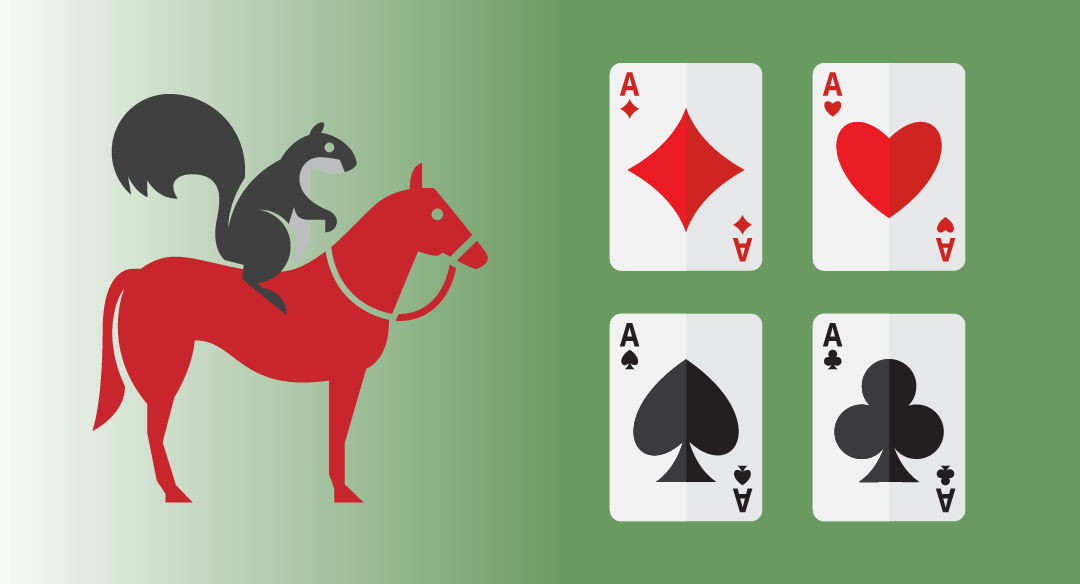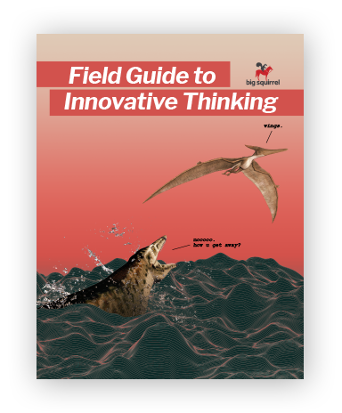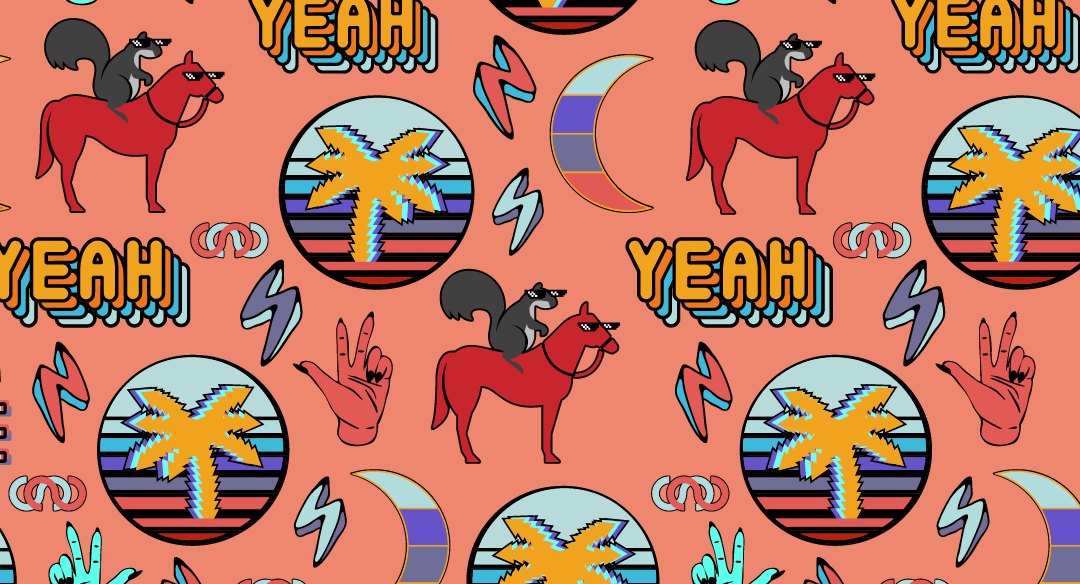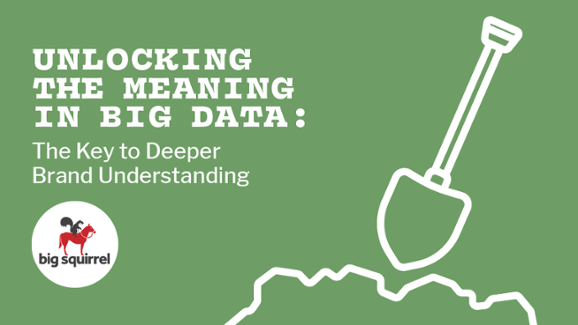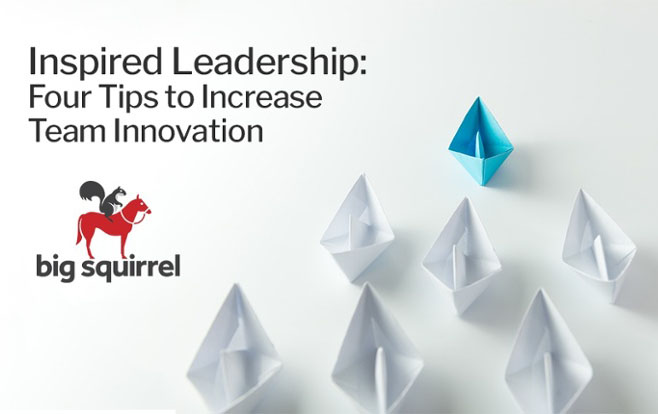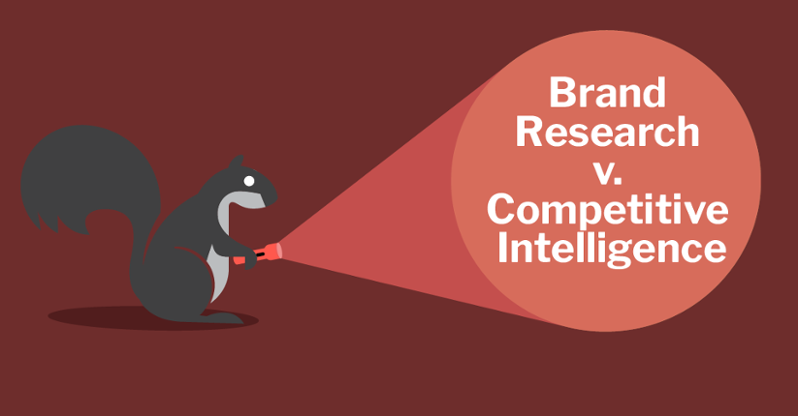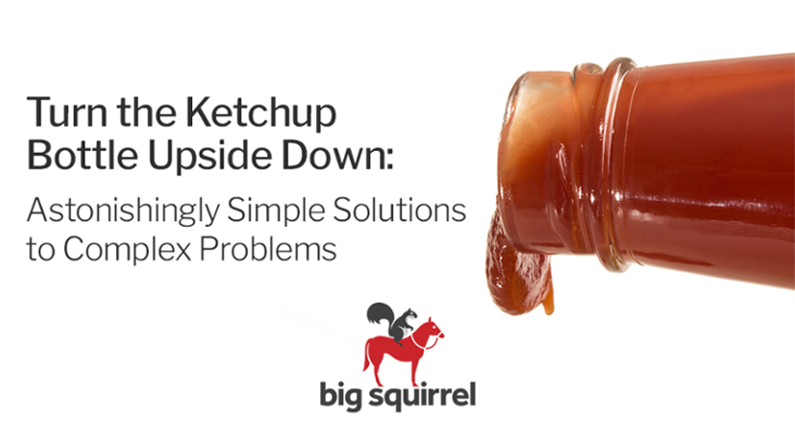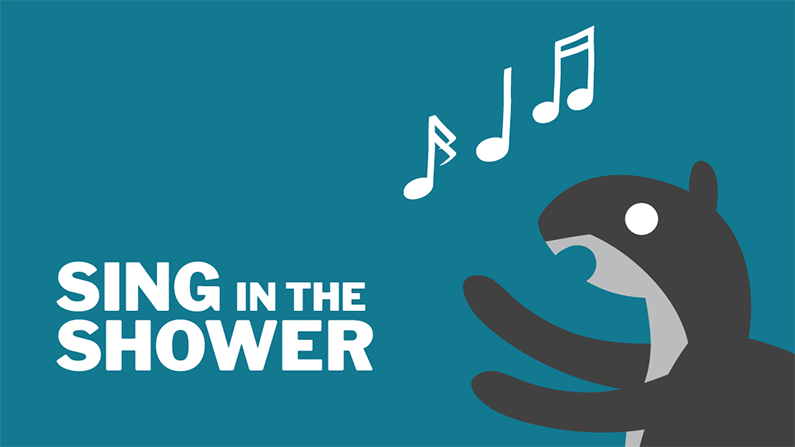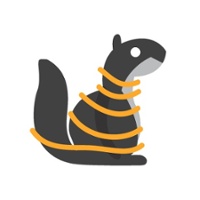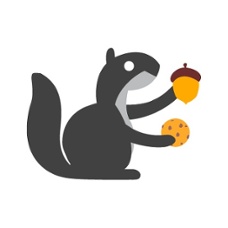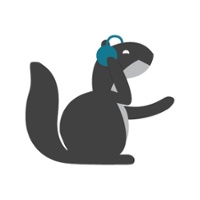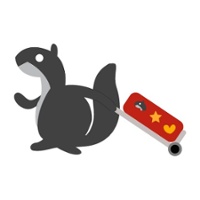
The Rise of the Urban Baby

Study People. Examine Brands. Explore Culture.
We’ve all seen it, dogs—and sometimes even other furry kinds of companions—in strollers, carseats, at the salon, dressed to impress… the rise of the “urban baby” is real! Sixty-eight percent of U.S. households, or about 85 million families, own a pet. Here is a quick look at some of the trends we’ve seen in retail and services as we continue to “humanize” our fuzziest family members.
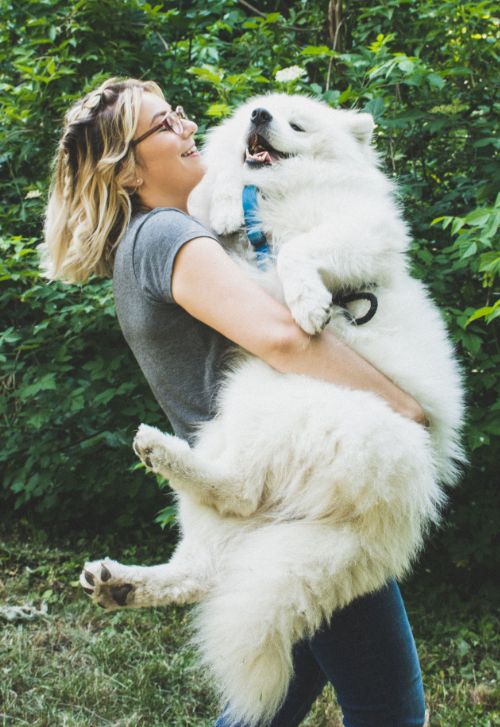
Keeping Healthy
In a recent study, nearly 70% of dog owners said they would maintain spending on pet health regardless economic downturn. To put this statistic in perspective, spending on Mother’s Day declined by 10% when the economy slowed. Leading to the question: “is pet health more recession-proof than mothers?” And it’s true, we’ve seen more specialized healthcare services for pets, and hey – if you like your FitBit, now you can get one for your dog too, called a FitBark. Pet parents are also downloading nutrition and vet telemedicine apps to help maintain their best friends’ health.

Tech and the Pet
Speaking of apps, we’ve seen an unprecedented number of pet-related apps hit the downloads lately. Dig is a dog-person dating app, SpotOn is a Lyft-type service that enables safe travel with your fur baby including onboard comforts, Petchatz is a video skype app to let you connect with your home alone pet, among others. More than 40% of you pet owners are interested in installing pet monitoring cameras in your homes, or even a digital tracking device for your dog or cat to see where your best friend is headed at all times.

Getting Spoiled
Professional dog walking, professional pet photographers, professional pet bloggers… things that used to be hobbies or chores have gone mainstream to become careers, with high standards. Since we view our pets as family members, we hire professionals to make their lives better especially with our increasingly busy lives. Grooming is also a growing industry, with mobile spas, salons, all-natural products—and celebrities jumping on the bandwagon like Real Housewives’ Lisa Vanderpump’s dog spa and line of organic pet spa products.

The Furry Foodie
All-natural isn’t just about grooming products, with the rise of the “free-from” food movement traditional pet foods are slowly declining in sales, while pet parents start to opt for raw, fresh and organic, even vegan, diets for their fur children. In fact, 70 percent of us who follow a special diet put our pet on a special diet too, such as organic. Pet food is big business, with the global pet food market expected to be worth $98.81 billion by 2022.
